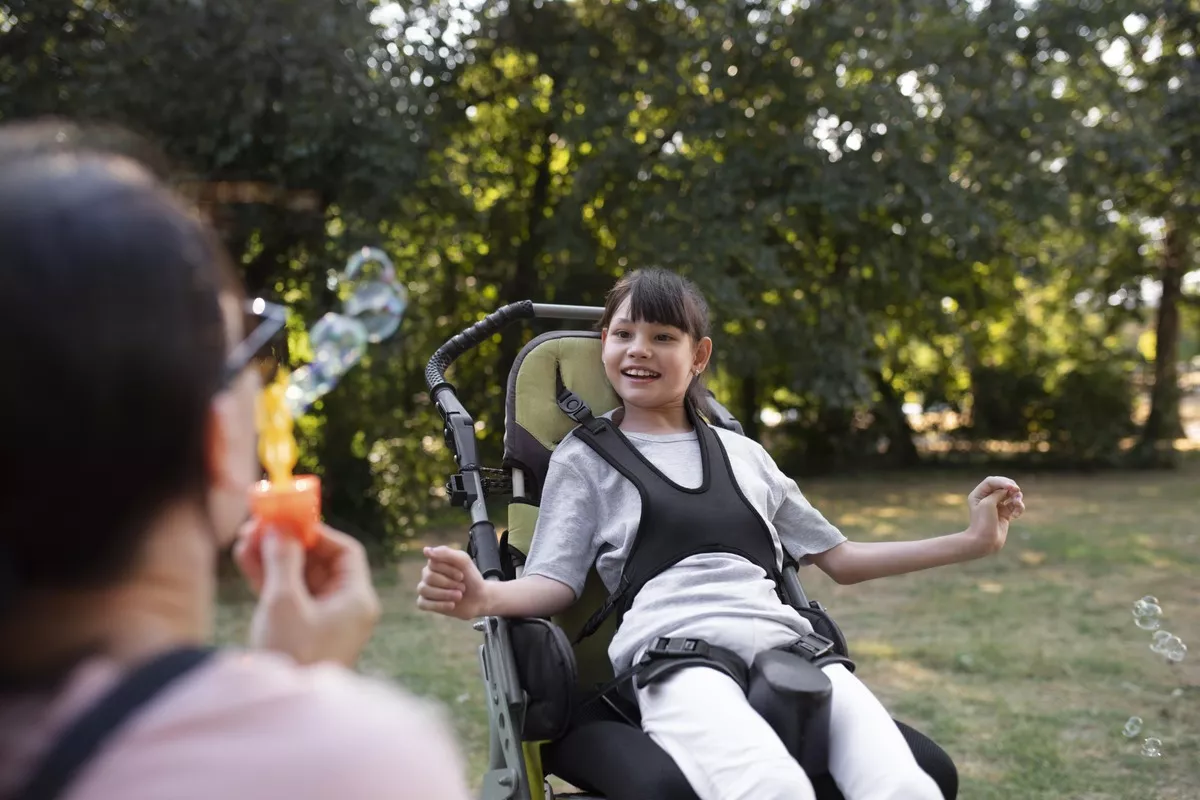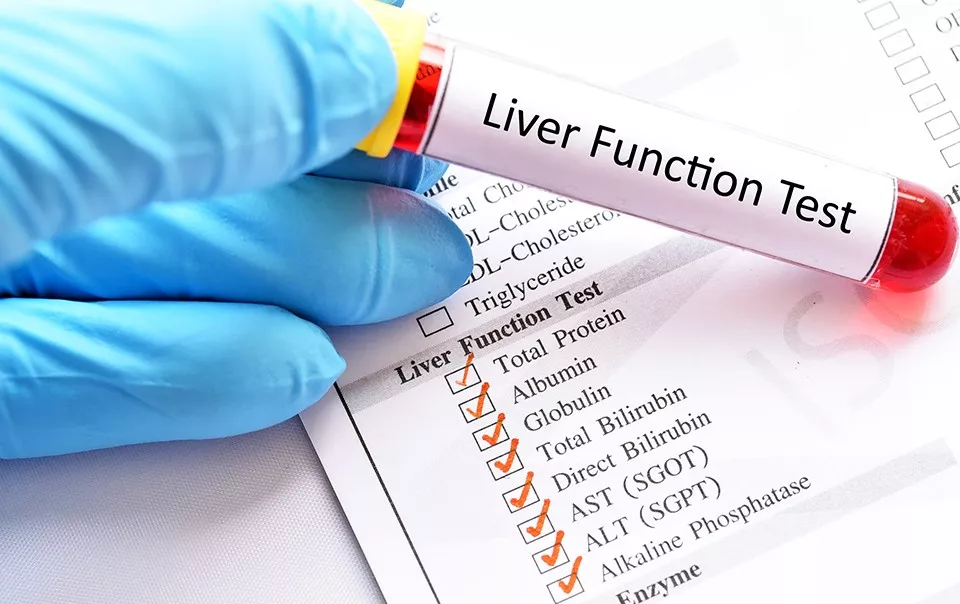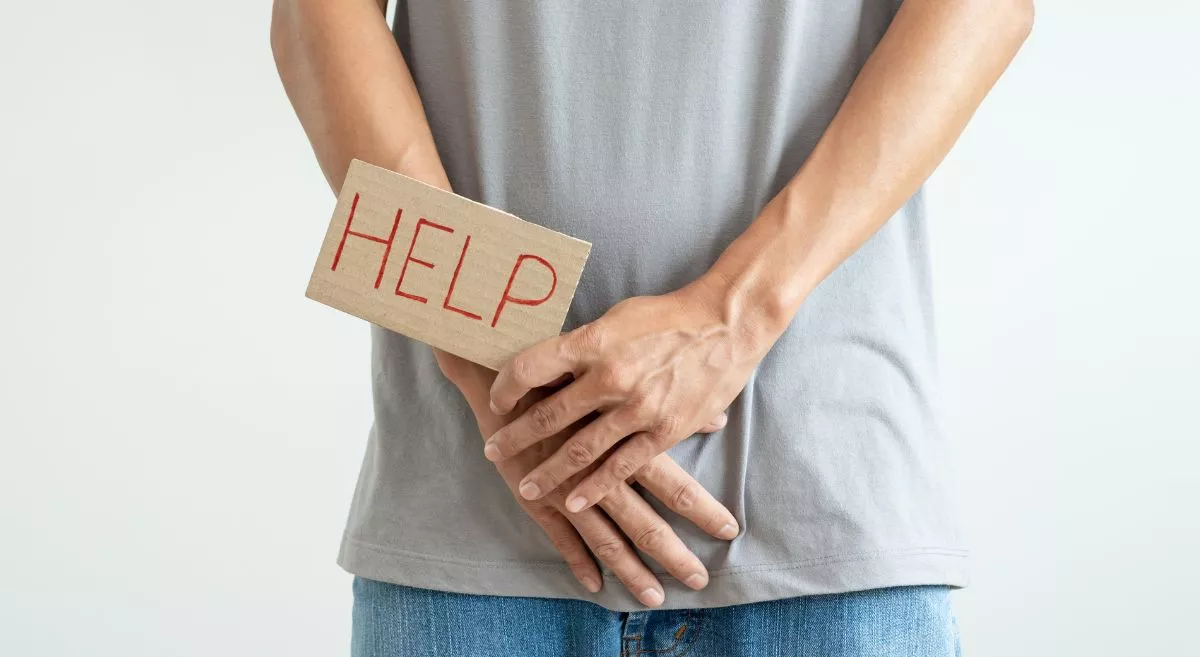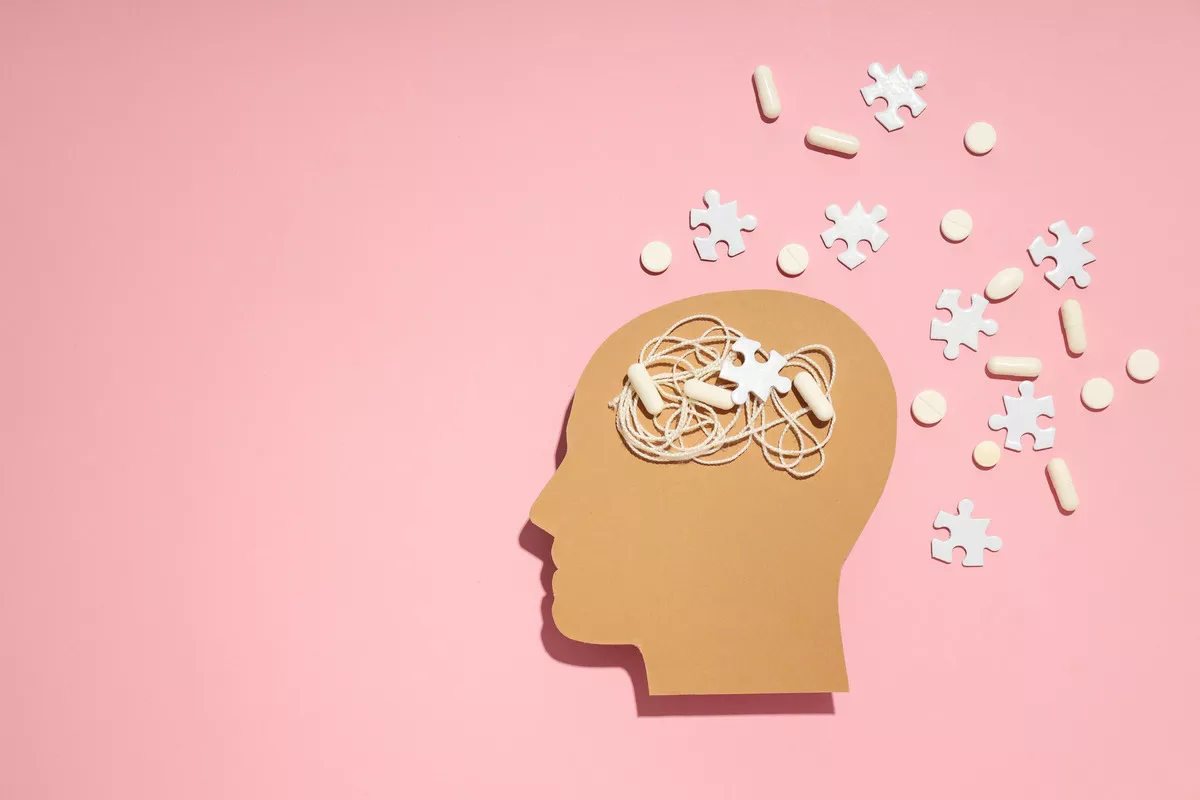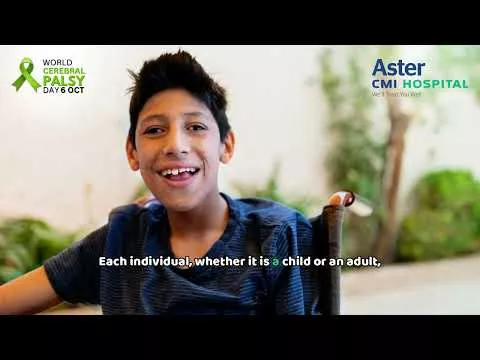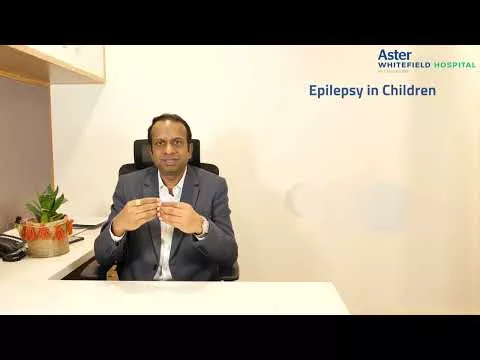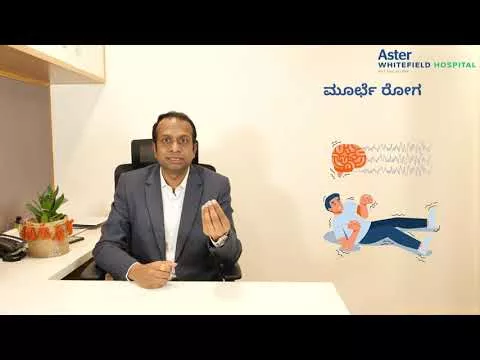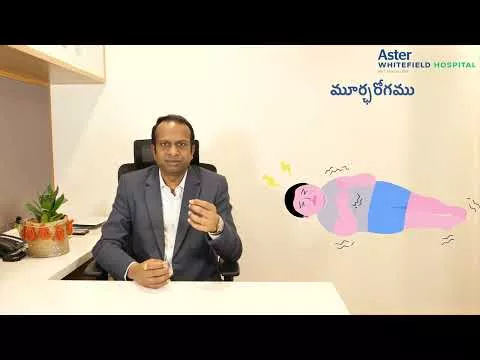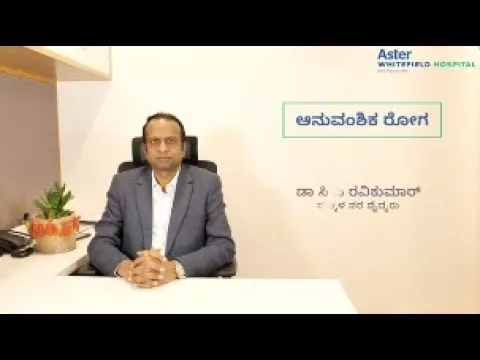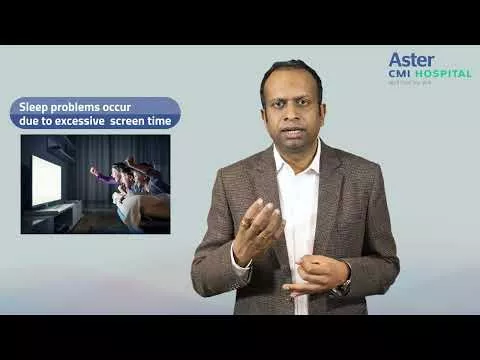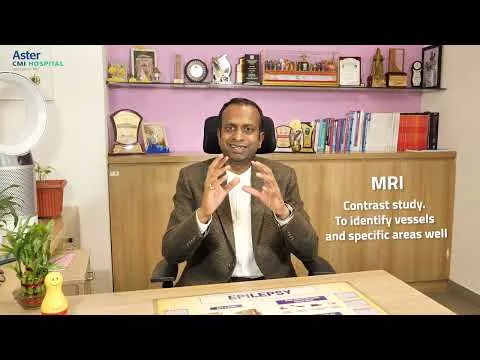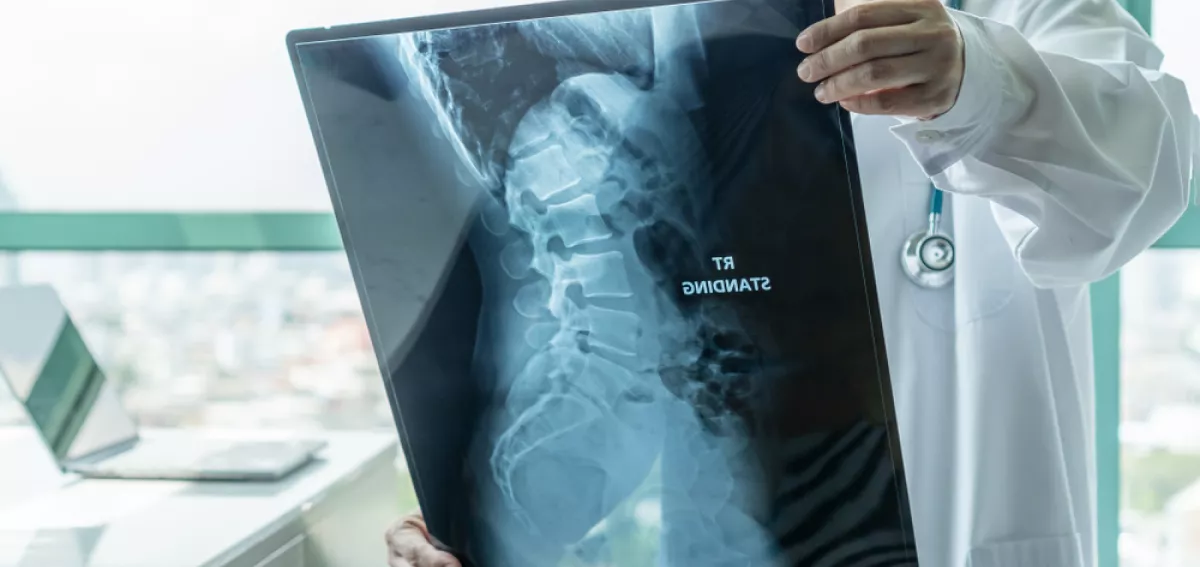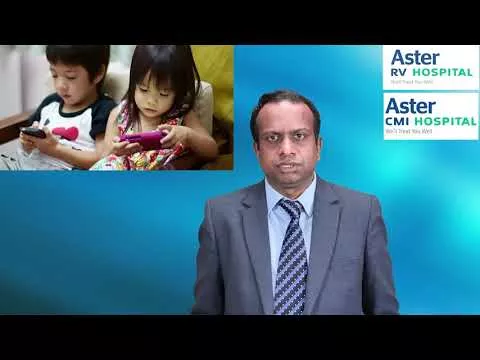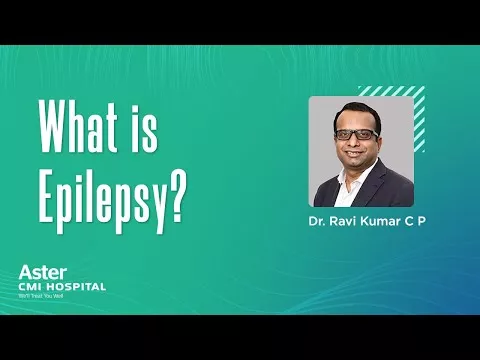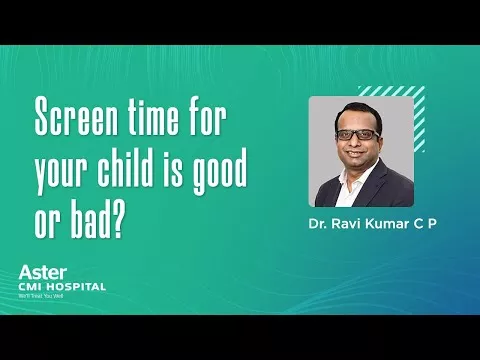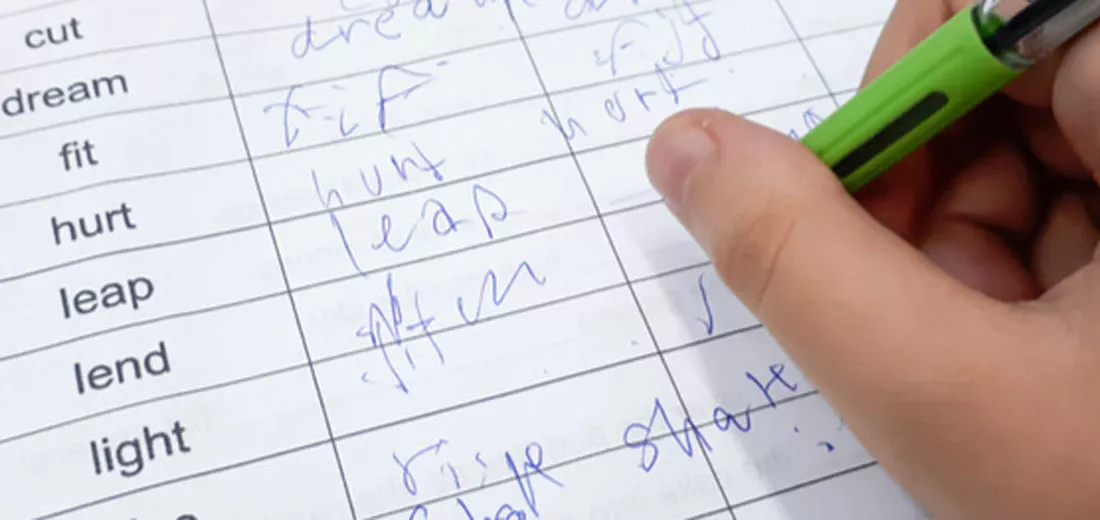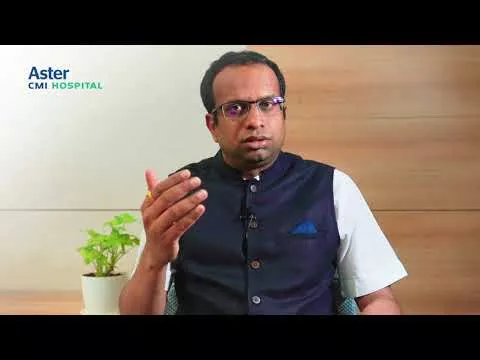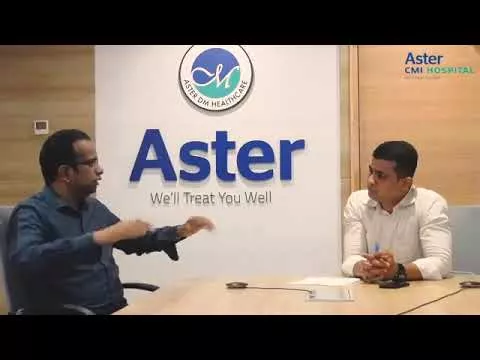Introduction
CP results from brain damage during early development, which can occur before, during, or shortly after birth. Mobility challenges vary, but common issues include muscle stiffness (spasticity), weakness, balance difficulties, and coordination impairments. Addressing these challenges with targeted therapies can help children build strength, stability, and motor control. While CP symptoms may persist throughout life, early intervention and treatment can significantly enhance mobility and quality of life. This blog explores the most effective therapies that help children with CP improve movement and independence.
Top Therapies That Improve Mobility in Kids with Cerebral Palsy
Cerebral palsy (CP) is a neurological disorder that affects muscle control, coordination, and movement. While CP is a lifelong condition, various therapies can significantly improve mobility and help children become more independent. Early intervention and a combination of therapies can enhance muscle strength, balance, and overall motor skills. Below are some of the most effective treatments for improving mobility in children with CP.
1. Physical Therapy (PT)
Physical therapy (physiotherapy) is one of the most essential interventions for improving mobility in children with CP. It focuses on strengthening muscles, enhancing flexibility, and improving coordination. The goal of PT is to help children achieve the highest possible level of independence in movement.
Key PT Techniques:
• Stretching Exercises
• Strength Training
• Balance and Coordination Exercises
2. Occupational Therapy (OT)
Occupational therapy helps children develop the fine motor skills needed for daily tasks such as dressing, eating, and writing. It also incorporates assistive devices to enhance functionality, enabling children to perform essential activities independently.
Key OT Techniques:
• Adaptive Equipment: Tools like custom-made utensils, button hooks, and walkers help children manage everyday tasks with ease. Orthotic devices such as splints or braces can support better posture and movement.
• Hand-Eye Coordination Exercises: Activities like stacking blocks, drawing, and using assistive keyboards improve dexterity and precision in handling objects.
3. Aquatic Therapy
Aquatic therapy (water-based exercises) provides a low-impact environment for children with CP to move more freely. As water reduces gravity's effects, movement becomes easy and less painful.
Benefits of Aquatic Therapy:
• Less Joint Pressure
• Improved Muscle Tone and Coordination
4. Hippotherapy (Horse Therapy)
Hippotherapy uses horseback riding to improve posture, balance, and motor skills. The rhythmic movement of the horse mimics natural walking patterns, stimulating muscles and nerves in ways that traditional therapy cannot.
Benefits of Hippotherapy:
• Core Strength and Posture Improvement
• Sensory and Neuromuscular Stimulation
5. Constraint-Induced Movement Therapy (CIMT)
CIMT is intended for children with cerebral palsy who have one stronger limb and one weaker limb. It limits the movement of the stronger limb, encouraging the weaker limb to gain strength and functionality.
Benefits of CIMT:
• Strengthens Weaker Limbs
• Enhances Hand Function and Dexterity
6. Robotic and Assistive Technology-Based Therapy
Advancements in technology are revolutionizing CP therapy by incorporating robotics, virtual reality, and adaptive devices to enhance mobility training.
Examples of Assistive Technologies:
• Exoskeletons: Wearable robotic devices that assist children in practicing walking movements by supporting weak muscles.
• Gait Trainers: Provide stability and controlled movement, helping children practice walking with proper alignment.
• Virtual Reality Therapy: Engages children in interactive games that require movement, engagingly improving motor skills.
Alternative and Emerging Therapies
1. Ayurveda Treatment
Ayurvedic treatments like Shirodhara and oil massage can help relax muscles. It can help to calm down the child. Shirodhara is an ayurvedic healing technique that involves pouring a liquid – usually oil onto your forehead. It’s often combined with a body, scalp or head massage. It can have relaxing, soothing and calming effects on the body and mind.
2. Acupuncture and Massage Therapy
Acupuncture and massage therapy can help in the context of pain relief, muscle relaxation, and overall well-being. Acupuncture may promote better nerve function, while massage helps reduce muscle tension and improve circulation. These therapies are often used alongside traditional treatments to manage spasticity and discomfort.
3. Yoga and Adaptive Exercises
Yoga helps improve flexibility, balance, and core strength in children with CP. Adaptive exercises, such as modified poses and breathing techniques, enhance muscle control while promoting relaxation and stress relief.
Tips for Parents to Support Their Child’s Mobility Journey
1. Create a Home Therapy Routine
Consistency is key in mobility improvement. Parents can integrate simple stretching and strengthening exercises recommended by therapists, into daily routines to reinforce therapy progress.
2. Work with Professionals
Collaborate closely with pediatric neurologists, physical therapists, and occupational therapists to create a personalized therapy plan tailored to the child’s unique needs.
3. Encourage an Active Lifestyle
Engaging children in adaptive sports, recreational activities, and social play helps build confidence and encourages movement in a fun, motivating way. Sports like swimming adapted cycling, and wheelchair basketball can enhance mobility while promoting social interaction.
Conclusion
Cerebral palsy presents mobility challenges, but with the right combination of therapies, children can make significant strides in movement and independence. Physical therapy, occupational therapy, aquatic therapy, and assistive technology, all play essential roles in improving mobility. Parents and caregivers can further support progress by staying engaged in their child's therapy journey and encouraging an active lifestyle.
